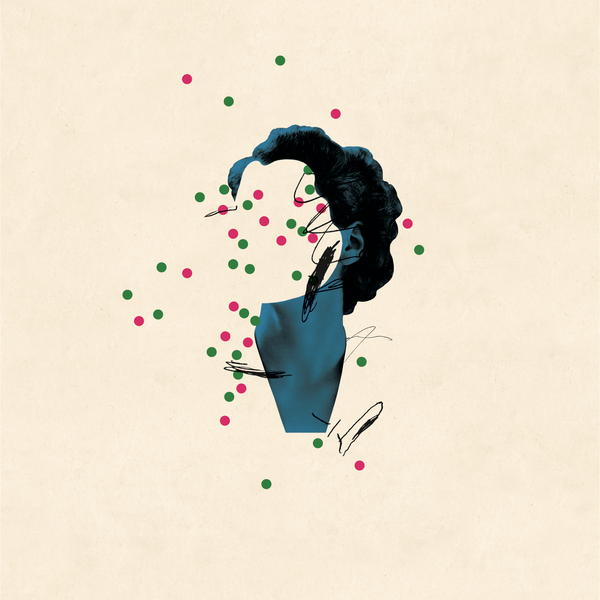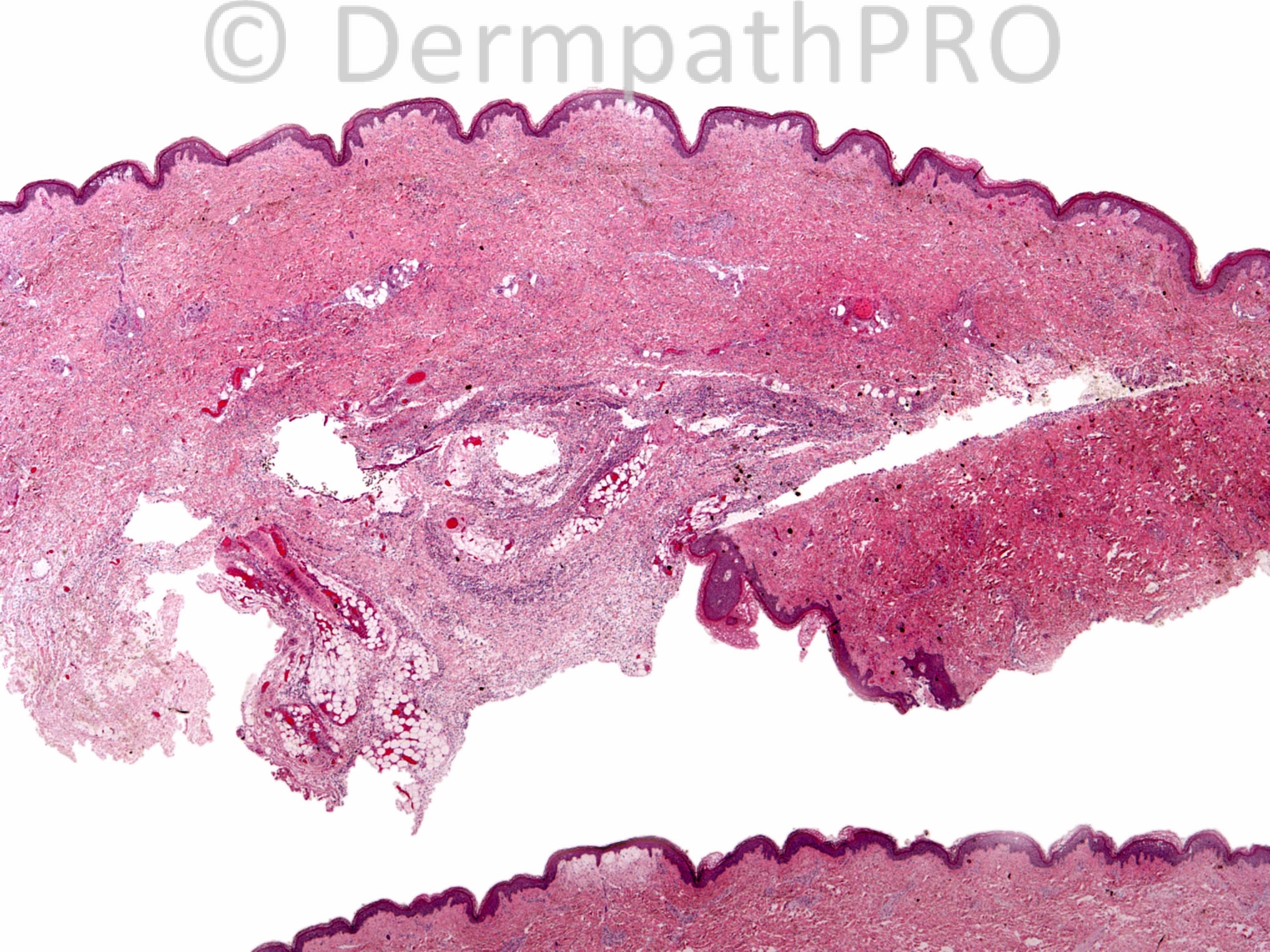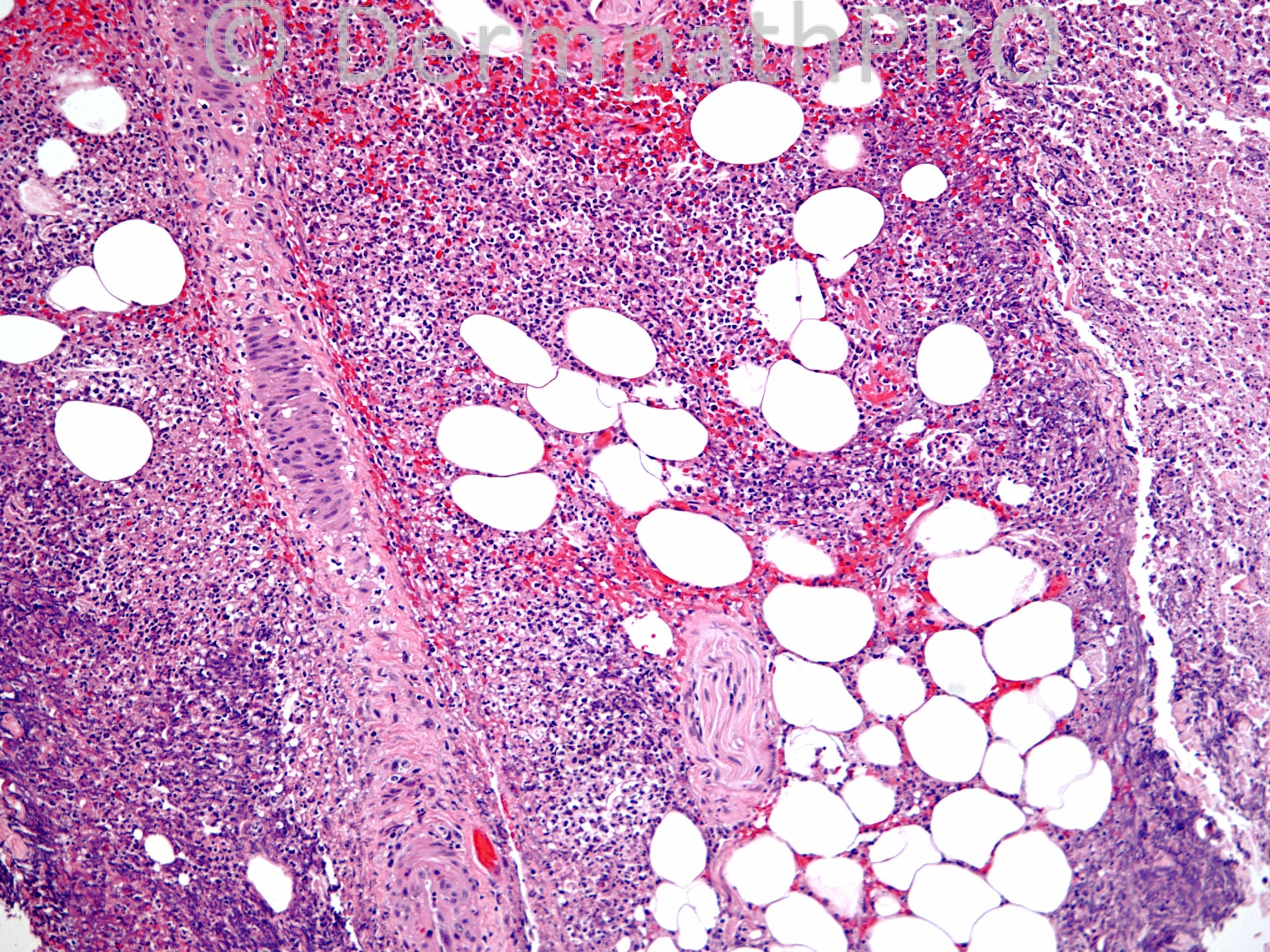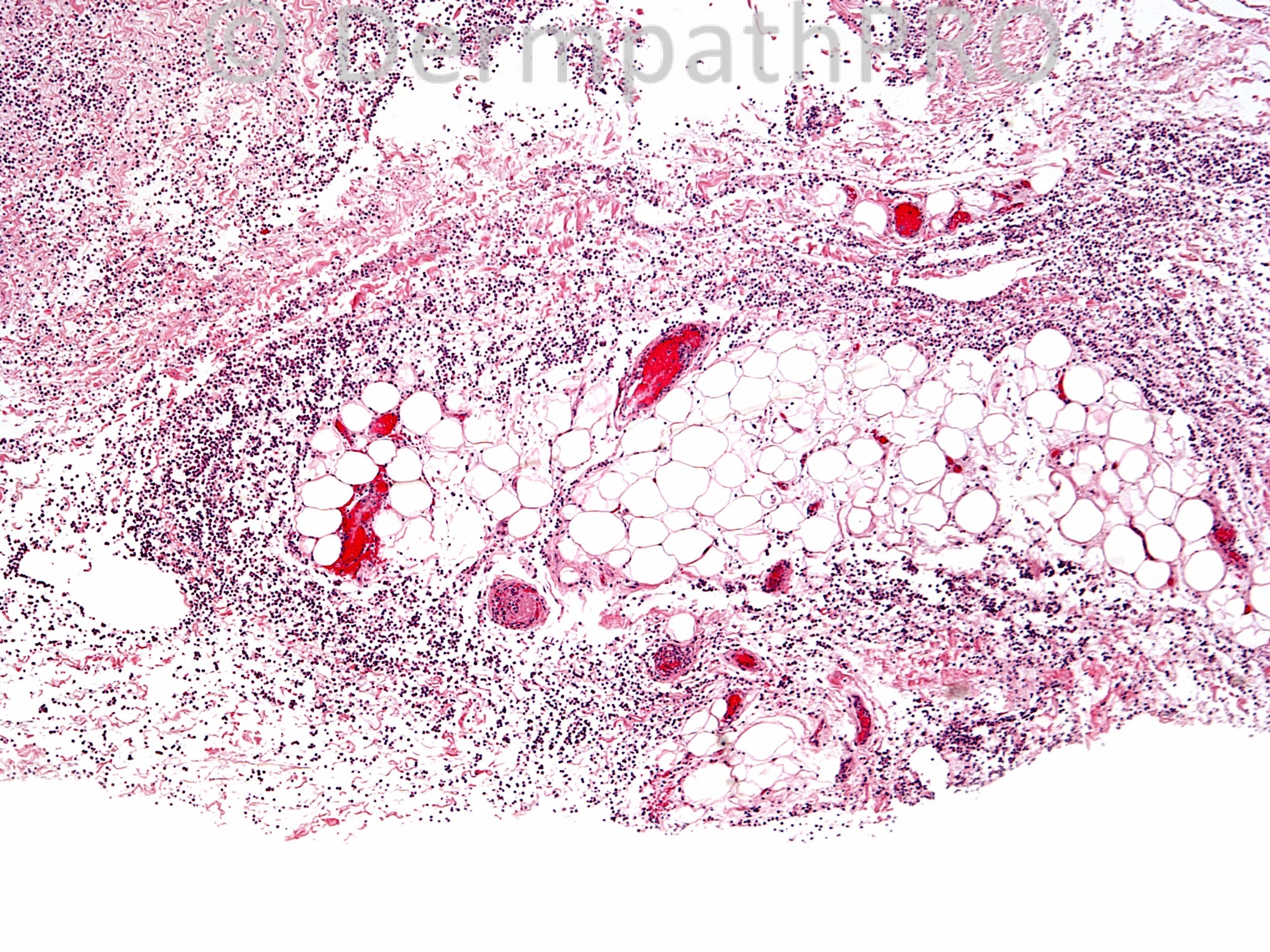Building Blocks of Dermatopathology
BAD DermpathPRO Learning Hub: Diagnostic Clues
Case Number : CT0114 Adam_Bates
Please read the clinical history and view the images by clicking on them before you proffer your diagnosis.
Submitted Date :
30 year old female with right ankle, foot and heel ulcer, s/p recent traumatic injury. This is an excisional biopsy of the right ankle lesion.















User Feedback